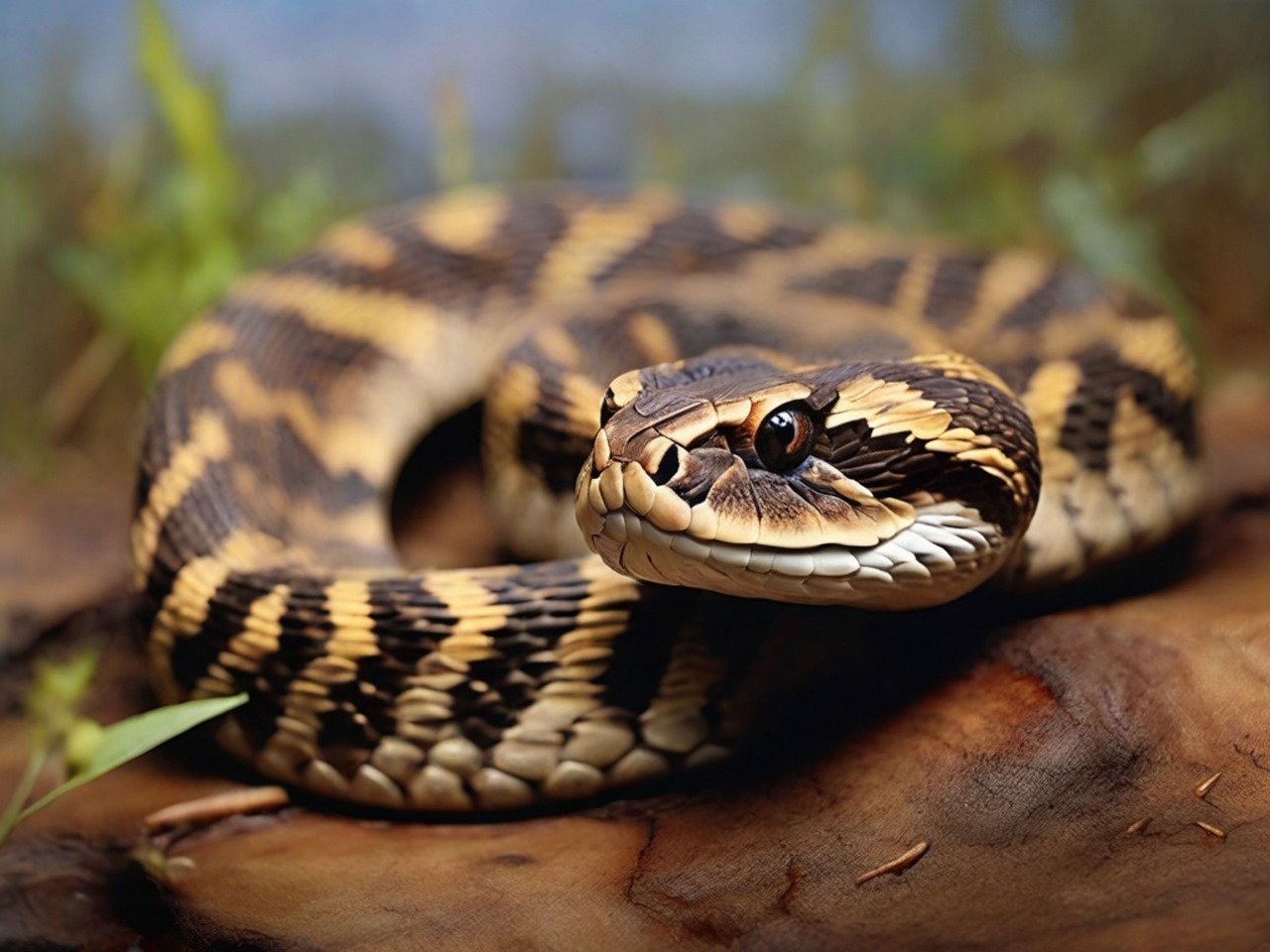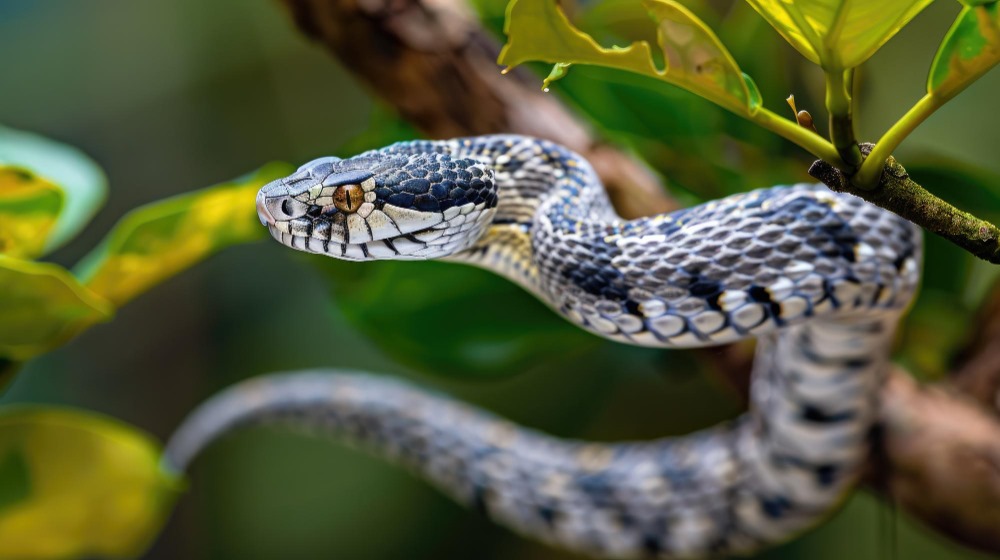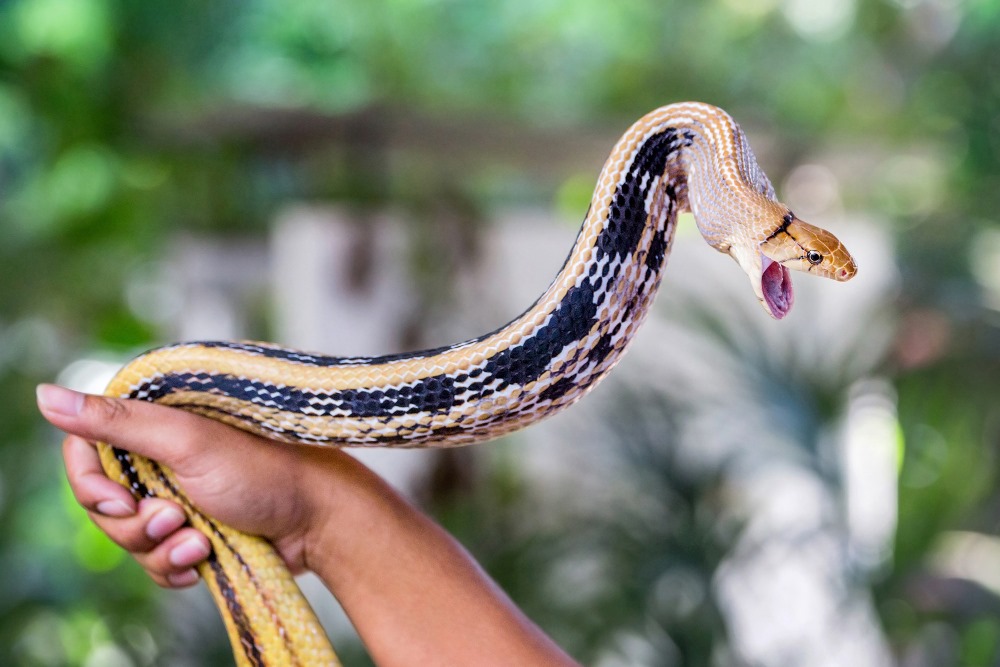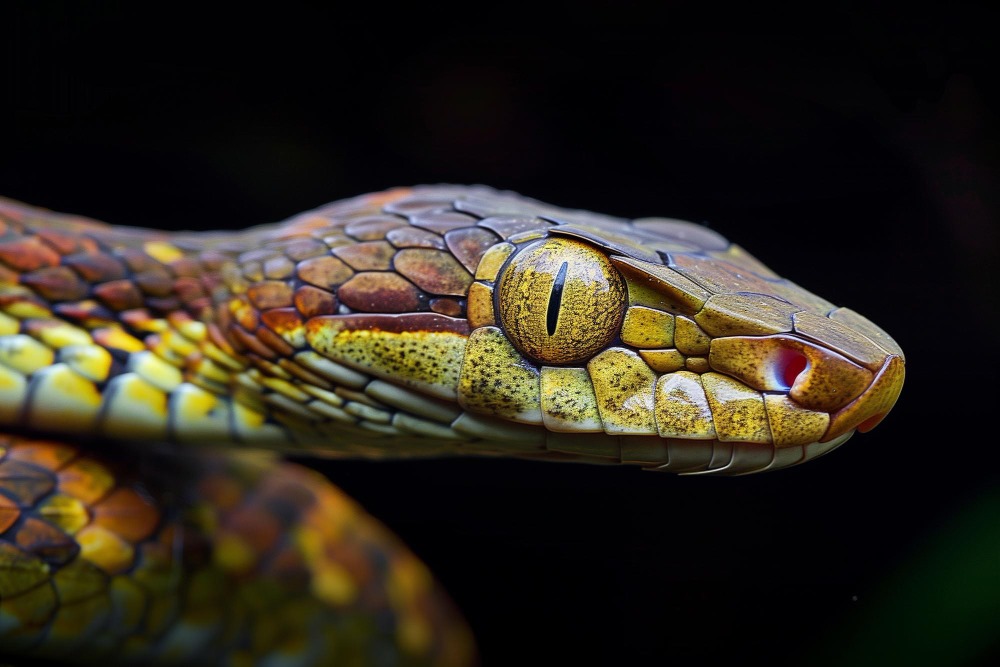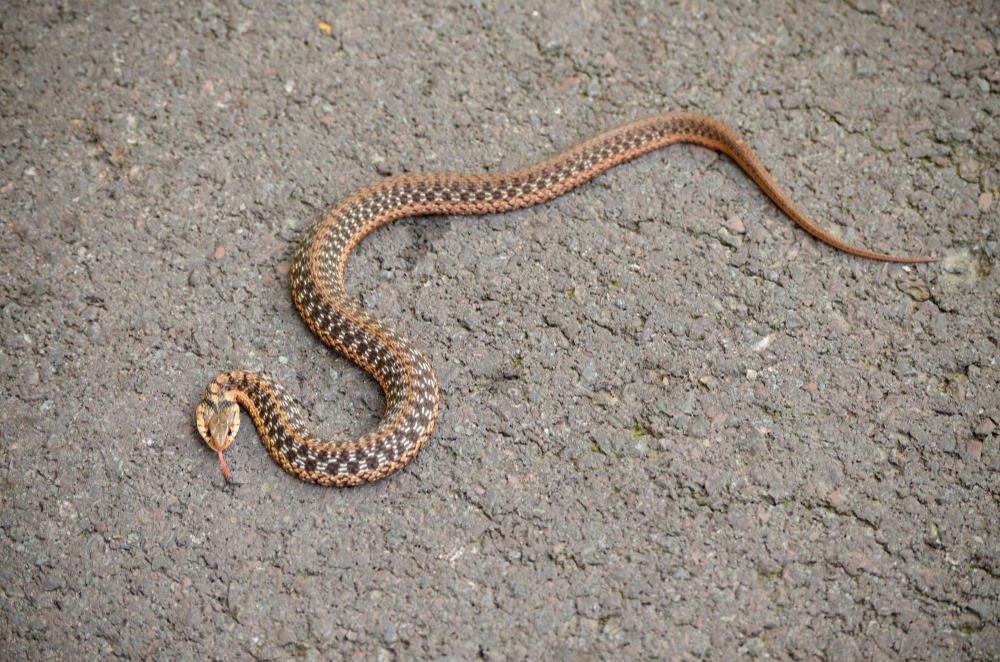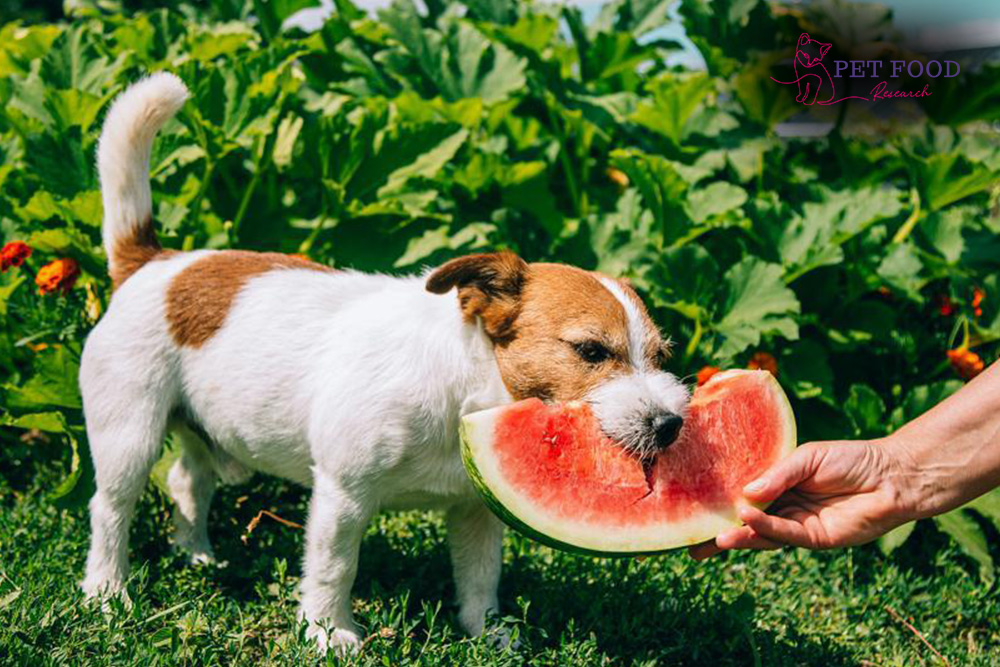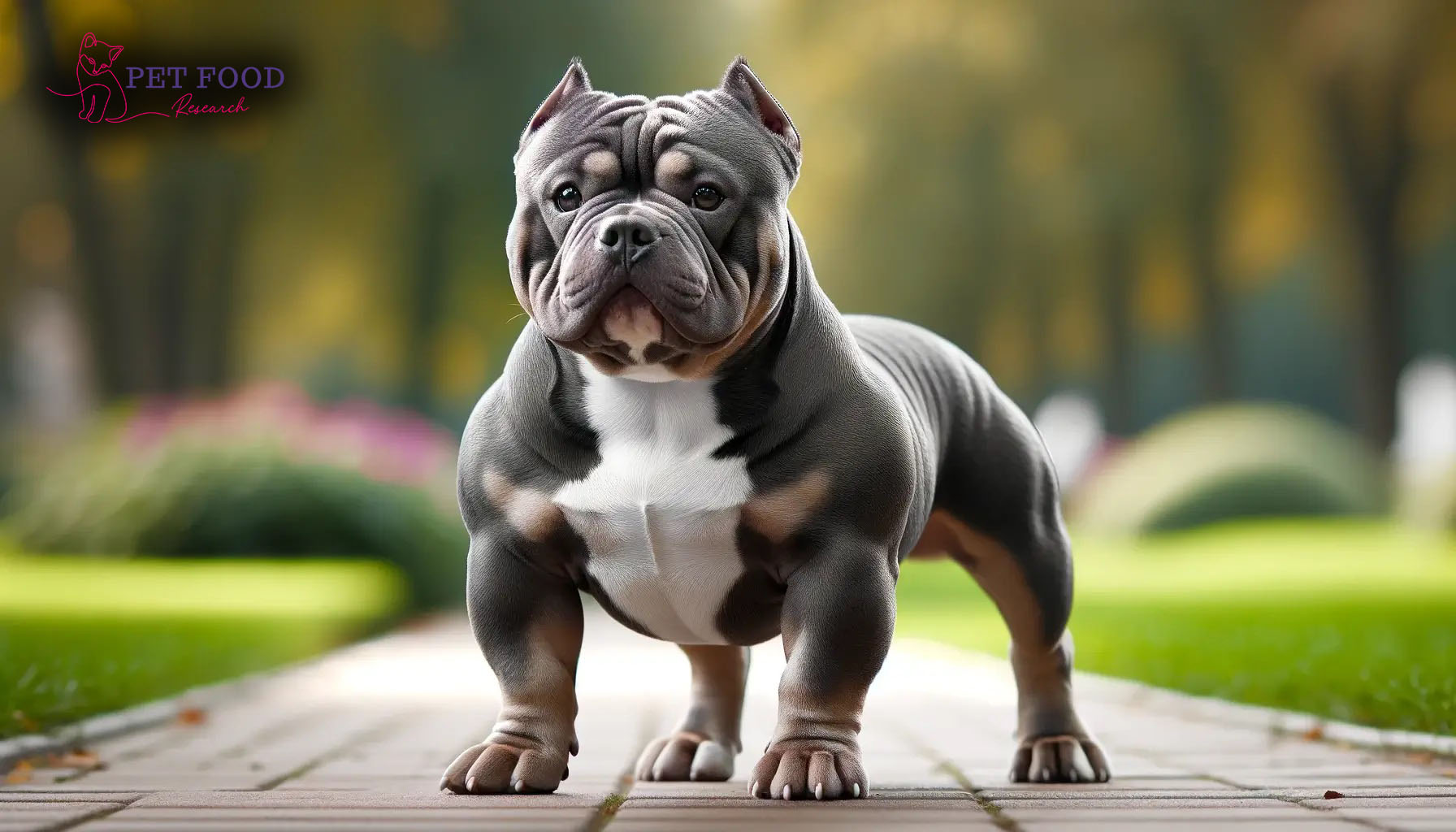Garter snakes are charming and widespread reptiles, recognized for their prominent patterns and quiet nature. If you’re thinking of making one of them your pet, you must know the rules and regulations for their proper care. Let’s discuss in detail about caring, handling, and feeding of your pet garter snakes.
What are the Garter Snake?
Garter snakes are subtle andlively reptiles, they come in a variety of colors and have attractive personalities and unique traits. In this wide-rangingcare-guiding article, we’ll put light onthe whole thing you want to identify about caring for garter snakes from their physical appearances and habitat necessities to eatingsuggestions and basic health problems. So, let’s unveil the secrets of these serpents.
Species of Garter Snakes
Garter snake have various diverse species, each having exclusive characteristics. Some of them include the Red-sided garter snake, Western Terrestrial garter snake, and Eastern garter snake. As the name of the red-sided garter snake represents, it contains red and orange bands all over the body making it more appealing and loving towards pet owners. Western Terrestrial garter snake is named due to its habitat, it is mostly found in Western North America, Its body consists of muted color patterns. The Eastern garter snake accommodates in different habitats as compared to other species and has more sparkling and bright color combinations. Moreover, some other subspecies of garter snakes are also found that come in a variety of colors and patterns.
BodilyFeatures and Habitation
Garter snakes are known for their slim and agile bodies having prominent patterns. They mainly have dark-shaded bodies with bands of light colors like yellow or orange running down their whole back. They seek the attention of pet owners due to their fascinating figures and exceptional behaviors. Their bodies are created in a way that they can hide themselves if feel danger in various shelters like water bodies, forests, and woods.
If we talk about habitats, different species of garter snakes find their shelters in diverse environments. Most of them love to reside near water bodies where they can find their prey like insects or fishes as well as place to hide when needed.
In the wild, they find their shelter in various areas like forests, rivers, woodlands, rockymountains, lush green plants, or maybe underground where they can also hide from the fear of predators and large mammals that feed on them. The garter snakes are also well-known swimmers and excellent climbers, their slim and elastic body helps them fast swim inside the water bodies and climb the large trees, walls, or mountains with ease in search of food. While, if you are planning to keep them as pets, you should provide an enclosure that matches their natural habitat and the same fearless environment where they can survive, live happily, and find everything needed for their well-being.
Enclosure Preparation for Your Garter Snake
While making an enclosure for your pet garter snak, keep in mind its preferences, eating choices, and living environment. You must search and explore well about the species that you are keeping as a pet so that you can provide it with the perfect atmosphere to live and survive.
There are some factors that you should consider while preparing the enclosure for your garter snake:
The enclosuresize
If you are keeping an adult garter snakes as a pet, the size of the enclosure must be 20 gallons long. It should be large enough that your pet can move, play, eat, and climb easily. Make sure it is not too large that the garter snake feels alone and threatened as it is not suitable for its well-being.
Nature of substrate
The substrate of the enclosure should be made of protective and harmless material like paper towels or aspen shavings that don’t pose any health issue if ingested by the pet. It is also easy to clean them on a regular basis.
The presence of a secure lid and hiding spots
The enclosure should have secure lids so that your pet cannot escape as it can squeeze out from small holes as well. Also provide some hiding spots like rocks, plants, or tree branches inside the enclosure to hide if your garter snake feels threatened.
Water Dish
Also, provide a large water dish that can fulfill the need fora water body for your garter snake in which it can swim or completely soak its body.
By providing a calm and protectedatmosphere, you’ll help your garter snake survive in its new shelter.
Nutrition Needs of Garter Snakes
The garter are carnivorous and they prey on insects, fish,amphibians, and rodents. In the wild, they find their food near their shelters. They swim through the water bodies before their prey.They can climb the walls or trees in search of food. They keep noticing the prey and move before them silently and attack suddenly without letting them know. They hunt in silence, grab the prey while twisting them with their bodies, and then eat them.
While in the enclosure, they must be provided with meals including insects, rodents, or fishes. The adult garter need less food as compared to young ones, so they are more affordable and need meals once or twice a week.
Optimal Temperature and Lighting
The garterdepend on external heat and warmth as they are ectothermic. They maintain their body temperature with external sources of heat. So, an enclosure must have a heat source like a heat lamp providing ranges of temperature suitable for day and night-time. Duringthe day, the temperature must be set around 80-90°F. While, at night less temperature is required but it should not be less than 70°F.
Along with the heat, the garter snake also need proper lighting that is required for digestion and metabolism of food. UVB rays are required for proper digestion and metabolism of nutrients like calcium. Hence, the enclosure must have external sources of heat and lighting for your garter snake.
Common Health Issues
Garter can face health problems if feel a little ignorance inside the enclosure. The cleanliness of the enclosure is compulsory, otherwise, the external pests and parasites find their way inside the enclosure that may cause infections to your pet garter snake.
They are also prone to respiratory infections if temperature and humidity levels are not controlled appropriately. So, always monitor the temperature and keep the enclosure ventilated to prevent respiratory issues in your pet. You should also consult a veterinarian if feel any unusual behavior or health issues in your pet.
Conclusion
Due to their captivating beauty, vibrant colors, and low-budget maintenance, the garter are more renowned and loveable among pet owners. As they love to live in the wild and find different shelters to live and hunt, their enclosure must be in accordance with their natural environment having proper space, things to play and climb, a proper living atmosphere, and food. If they are not provided with optimal conditions like heat or lighting they may develop some health issues. So, keep monitoring if any unusual behavior is shown by the garter snakes consult with the veterinarian, and follow the instructions for their good health and well-being.


